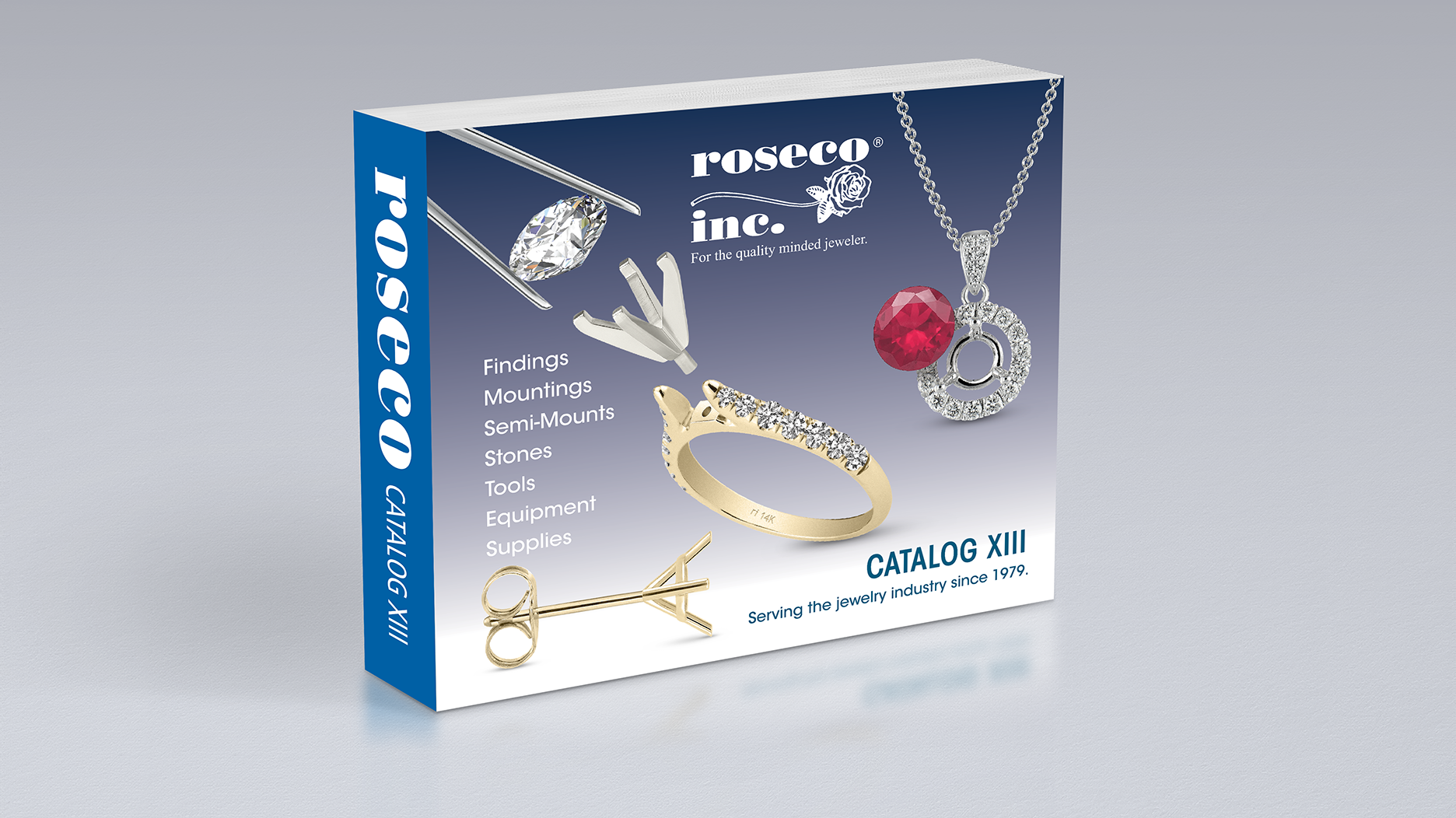The Biggest Security Mistakes Jewelers Are Making Right Now
Ahead of the holidays, JSA’s John Kennedy outlines five common jewelry crimes and what to do, and not to do, if they happen in your store.

Retailers are nervous as they prepare for what typically are some of the busiest days of the year in their stores.
While it’s too late for many to make long-term investments or wholesale changes in security equipment or procedures, there are small adjustments jewelers can make immediately that might help.
Below, Kennedy outlines the five types of jewelry crimes JSA sees happening most frequently right now and shares tips for preventing, or mitigating the effects of, these crimes.
1. Distraction Thefts
Biggest mistake: Showing too much product at once and/or leaving the showcase unlocked during presentations
Kennedy said the number of skilled distractions thefts is on the rise after declining in 2020 and 2021, when COVID restrictions limited travel.
Often, these thefts involve a group of people—three to five, or even more—coming in together, flashing cash or bragging about how much they are going to spend, and then asking to see multiple pieces of jewelry.
“Their goal,” Kennedy said, “is to get as much product out [of the showcases] as possible and confuse you as much as possible.”
The suspect will then either palm the jewelry and/or reach in an open showcase to grab it.
One member of the group also might distract the store’s salespeople while another heads to the safe to see if it’s unlocked. If it is, they clean it out, Kennedy said.
He said jewelers also need to keep showcases locked, show only one item at a time, and keep track of the product as it’s being shown.
He also noted that retailers should be wary of people entering the store in groups of three or more.
2. Safe Burglaries
Biggest mistake: Not responding to any and all communications from the alarm company
More sophisticated gang of burglars are also circulating again as COVID travel restrictions are lifted, with suspects cutting wires or otherwise disabling a store’s electrical box in order to take out the alarm system and security cameras.
They then enter the store through the roof, or via an adjoining store that is unoccupied, unalarmed, or otherwise easily can be entered.
Once inside, “These people go after your safe. They have the tools or equipment to saw into [it],” Kennedy said, and this means big losses.
In these types of burglaries, jewelers receive messages along the lines of “communication error” or “power interruption” from their alarm company, but they don’t respond in the same way they do when they get an alarm alert.
That is a mistake, Kennedy said.
“You must respond to any type of anomaly you get from your alarm company. You have to go to the store, or have somebody go to the store, with the police.”
He added that retailers need to have a robust call list for the alarm company so someone is always available to respond, regardless of how many people are on vacation, out sick or otherwise unavailable.
Jewelers who have done so have seen burglars fleeing the scene, scared off by the arrival of police.
3. Smash-and-grab robberies
Biggest mistake: Trying to stop the suspects or otherwise interfering
In some smash-and-grab robberies, the suspects are armed with guns or knives in addition to the sledgehammers or whatever implement they are using to destroy showcases.
Jewelers can mitigate losses in the short term by not putting all high-value merchandise in the same showcase or keeping some items in the safe.
Longer-term, they can invest in laminated showcases that are smash-resistant.
The most important thing, though, is for retailers to just stay out of the way when a smash and grab is happening, Kennedy said.
Don’t try to stop the robbers by throwing things at them—like a chair or, as Kennedy saw in one instance, a stapler—or otherwise getting involved. It’s dangerous and can lead to injuries, as happened recently at a Macy’s store in the Atlanta suburbs, or even death.
4. Grab-and-run thefts
Biggest mistake: Showing multiple items at a time and/or putting a tray full of jewelry on the counter
Kennedy said grab and runs are the most common type of jewelry crime. It’s simple and exactly what it sounds like; a salesperson brings out a couple of necklaces or watches, and the suspect snatches them and runs out the door.
While he admits it’s tricky to tell salespeople not to show product to customers, showing one item at a time reduces the risk of major losses, as does not leaving trays of jewelry out on the counter.
This is especially true when dealing with new customers, or when someone comes in and asks to see the “most expensive” watches, necklaces, etc., the store has.
5. Three-minute burglaries
Biggest mistake: Leaving product out and visible when the store is closed
Three-minute burglaries refer to incidences in which the suspects smash in a window or door and take whatever is there to grab. They don’t take very long and, unlike rooftop safe burglaries, aren’t normally committed by professional criminals with a lot of know-how, tools, or organization.
Kennedy said retailers can mitigate losses from three-minute burglaries simply by putting product in the safe at night. If there isn’t room in the safe, then at least store it out of sight.
Also, do not cover showcases with cloth when the store is closed.
“They assume there is something there. Even if there is no product there, it increases the risk,” he said.
The Latest

At the 2025 World Series, the Los Angeles Dodgers’ Yoshinobu Yamamoto sported a custom necklace made by California retailer Happy Jewelers.

The brand’s seventh location combines Foundrae’s symbolic vocabulary with motifs from Florida’s natural surroundings.

The retailer also shared an update on the impact of tariffs on watch customers.

From educational programs, advocacy, and recent MJSA affiliation, Jewelers of America drives progress that elevates businesses of all sizes.
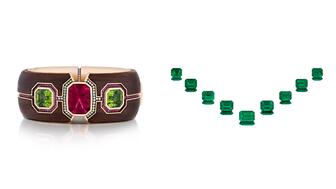
Pink and purple stones were popular in the AGTA’s design competition this year, as were cameos and ocean themes.

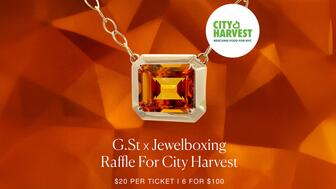
All proceeds from the G. St x Jewel Boxing raffle will go to City Harvest, which works to end hunger in New York City.

Courtney Cornell is part of the third generation to lead the Rochester, New York-based jeweler.

De Beers also announced more changes in its upper ranks ahead of parent company Anglo American’s pending sale of the company.

Former Signet CEO Mark Light will remain president of Shinola until a replacement for Ulrich Wohn is found.

Kindred Lubeck of Artifex has three rings she designed with Anup Jogani in Sotheby’s upcoming Gem Drop sale.

The company focused on marketing in the third quarter and introduced two new charm collections, “Pandora Talisman” and “Pandora Minis.”
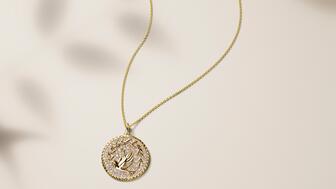
The jewelry retailer raised its full-year guidance, with CFO Jeff Kuo describing the company as “very well positioned” for the holidays.

Ahead of the hearing, two industry organizations co-signed an amicus brief urging the court to declare Trump’s tariffs unlawful.

Stuller COO Belit Myers will take on the additional role of president, with all changes effective at the start of 2026.

Smith cautions retailers against expending too much energy on things they can’t control, like the rising price of gold.
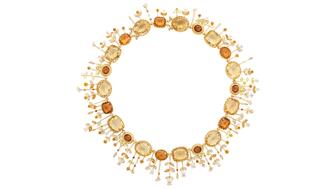
Citrine and topaz are birthstones fit for fall as the leaves change color and the holiday season approaches.

The family-owned jeweler will open its fourth store in Florida in late 2027.

The trade organization also announced its executive committee and five new directors.

The “Have a Heart x Diamonds Do Good” collection is championed by model and humanitarian Flaviana Matata and will benefit her foundation.
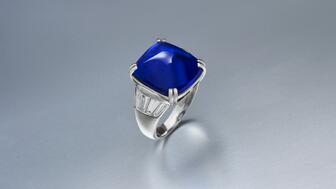
The ring, set with a nearly 17-carat Kashmir cabochon sapphire, sold for $1 million.

This “Mother Father” spinner necklace from Heavenly Vices Fine Jewelry draws inspiration from Victorian Era jewelry.

Experts share top tips on how to encourage positive reviews and handle negative feedback.

Sponsored by the Gemological Institute of America
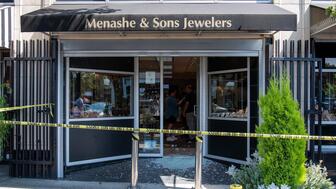
The suspect faces charges in the August robbery of Menashe & Sons Jewelers and is accused of committing smash and grabs at two pawn shops.

The “Lumière Fine” collection was born from designer Alison Chemla’s interest in the transformative power of light.

Show off your spooky side with these 12 festive jewels.












